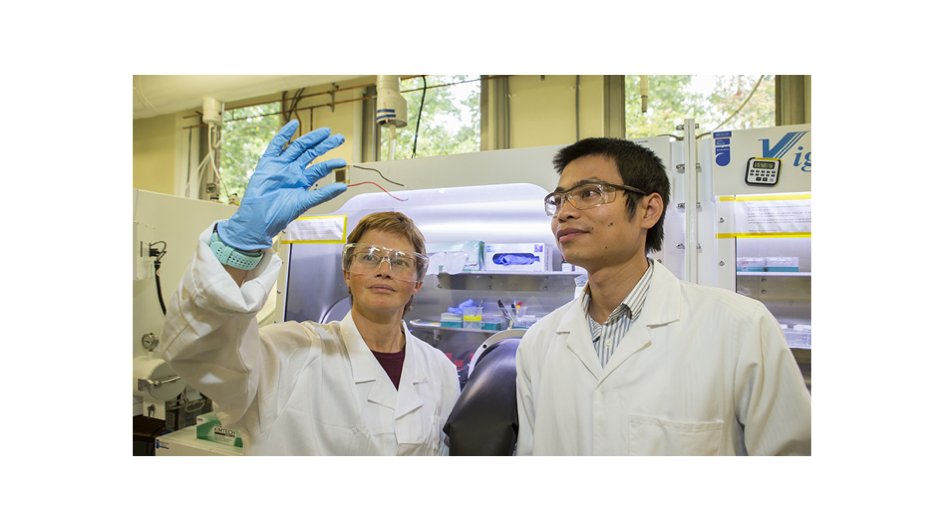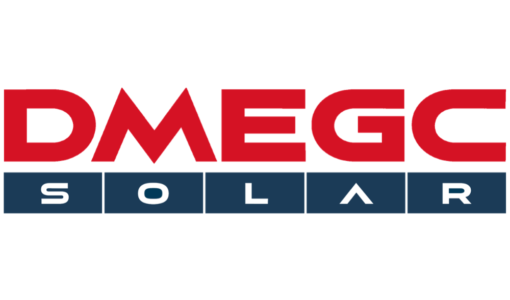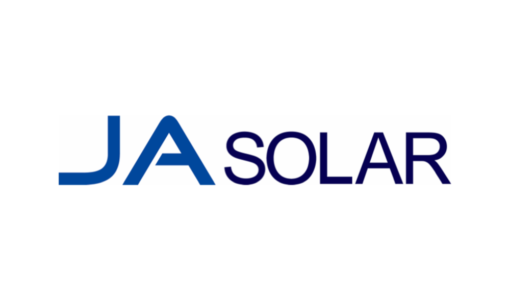- ANU team of researchers claim to have reached 27.7% power conversion efficiency for tandem solar cells
- They mechanically-stacked perovskite and silicon solar cells to achieve the efficiency
- The team achieved 7% tandem efficiency with interdigitated back contact silicon bottom cells (size‐unmatched) and 26.2% with passivated emitter with rear locally diffused silicon bottom cells in a 1 cm2size‐matched tandem
Australian National University (ANU) researchers have come out with a 27.7% efficiency record for mechanically-stacked perovskite-silicon tandem solar cells reporting. The research has found its way into Advanced Energy Materials online publication and is titled High Efficiency Perovskite-Silicon Tandem Solar Cells: Effect of Surface Coating versus Bulk Incorporation of 2D Perovskite.
According to the research work, “Using the surface‐coating strategy with n‐butylammonium bromide to fabricate semitransparent perovskite cells and combining with silicon cells in four‐terminal tandem configuration, 27.7% tandem efficiency with interdigitated back contact silicon bottom cells (size‐unmatched) and 26.2% with passivated emitter with rear locally diffused silicon bottom cells is achieved in a 1 cm2 size‐matched tandem.”
The researchers claim this demonstrates the potential of tandem solar cells. They are now aiming to reach up to 30% efficiency because that’s when the technology could be rolled out commercially.
Professor Catchpole says the major cost of solar panels comes from the coverage area. “So, if successfully commercialized, this technology could lead to a significant reduction in the cost of solar electricity, as well as lower energy bills,” she explained.
In January 2020, Germany’s HZB researchers reported 29.15% conversion efficiency for perovskite and silicon tandem solar cells which was confirmed by Fraunhofer ISE (see Perovskite Tandem Cell 29.15% Efficiency Record).












